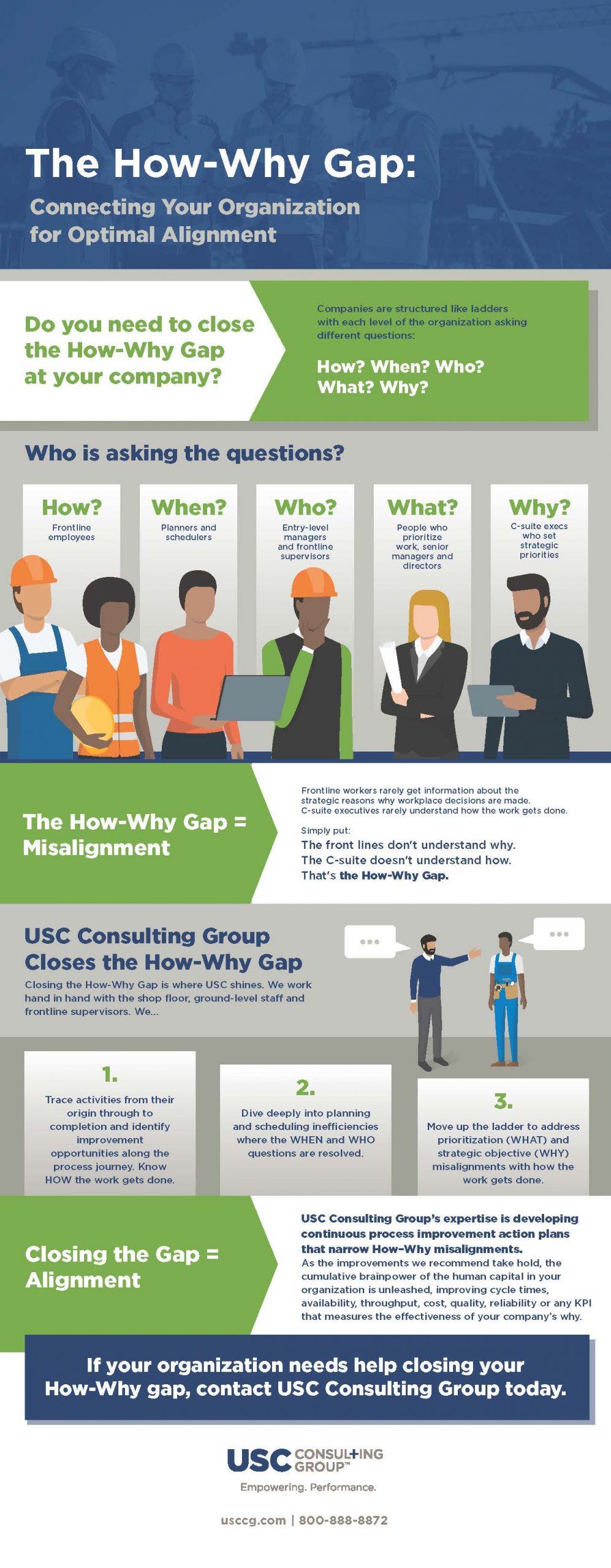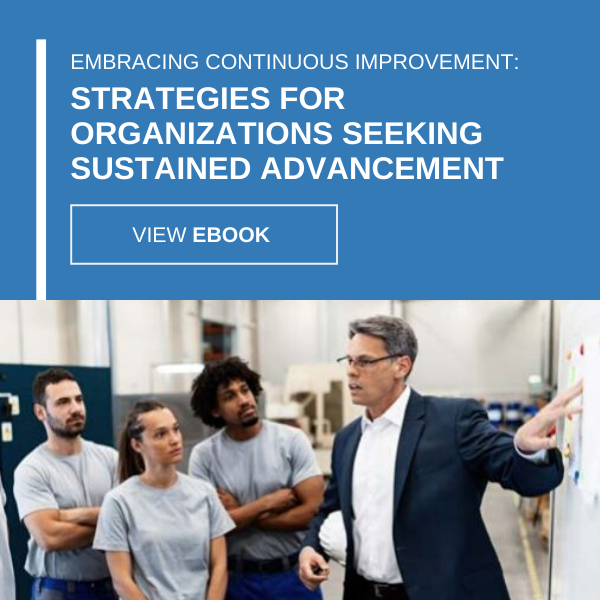-
Subscribe to Blog:
SEARCH THE BLOG
CATEGORIES
- Aerospace
- Asset Maintenance
- Automotive
- Blog
- Building Products
- Case Studies
- Chemical Processing
- Consulting
- Food & Beverage
- Forestry Products
- Hospitals & Healthcare
- Knowledge Transfer
- Lean Manufacturing
- Life Sciences
- Logistics
- Manufacturing
- Material Utilization
- Metals
- Mining
- News
- Office Politics
- Oil & Gas
- Plastics
- Private Equity
- Process Improvement
- Project Management
- Spend Management
- Supply Chain
- Uncategorized
- Utilities
- Whitepapers
BLOG ARCHIVES
- September 2025 (1)
- August 2025 (2)
- July 2025 (2)
- June 2025 (4)
- May 2025 (1)
- April 2025 (1)
- March 2025 (1)
- February 2025 (4)
- January 2025 (4)
- December 2024 (4)
- November 2024 (2)
- October 2024 (6)
- September 2024 (5)
- August 2024 (5)
- July 2024 (6)
- June 2024 (3)
- May 2024 (3)
- April 2024 (4)
- March 2024 (3)
- February 2024 (4)
- January 2024 (5)
- December 2023 (2)
- November 2023 (1)
- October 2023 (6)
- September 2023 (3)
- August 2023 (4)
- July 2023 (2)
- June 2023 (3)
- May 2023 (7)
- April 2023 (3)
- March 2023 (3)
- February 2023 (5)
- January 2023 (6)
- December 2022 (2)
- November 2022 (5)
- October 2022 (5)
- September 2022 (5)
- August 2022 (6)
- July 2022 (3)
- June 2022 (4)
- May 2022 (5)
- April 2022 (3)
- March 2022 (5)
- February 2022 (4)
- January 2022 (7)
- December 2021 (3)
- November 2021 (5)
- October 2021 (3)
- September 2021 (2)
- August 2021 (6)
- July 2021 (2)
- June 2021 (10)
- May 2021 (4)
- April 2021 (5)
- March 2021 (5)
- February 2021 (3)
- January 2021 (4)
- December 2020 (3)
- November 2020 (3)
- October 2020 (3)
- September 2020 (3)
- August 2020 (4)
- July 2020 (3)
- June 2020 (5)
- May 2020 (3)
- April 2020 (3)
- March 2020 (4)
- February 2020 (4)
- January 2020 (4)
- December 2019 (3)
- November 2019 (2)
- October 2019 (4)
- September 2019 (2)
- August 2019 (4)
- July 2019 (3)
- June 2019 (4)
- May 2019 (2)
- April 2019 (4)
- March 2019 (4)
- February 2019 (5)
- January 2019 (5)
- December 2018 (2)
- November 2018 (2)
- October 2018 (5)
- September 2018 (4)
- August 2018 (3)
- July 2018 (2)
- June 2018 (4)
- May 2018 (3)
- April 2018 (3)
- March 2018 (2)
- February 2018 (2)
- January 2018 (1)
- December 2017 (1)
- November 2017 (2)
- October 2017 (2)
- September 2017 (1)
- August 2017 (2)
- July 2017 (2)
- June 2017 (1)
- April 2017 (3)
- March 2017 (3)
- February 2017 (2)
- January 2017 (2)
- December 2016 (2)
- November 2016 (4)
- October 2016 (4)
- September 2016 (3)
- August 2016 (6)
- July 2016 (4)
- June 2016 (4)
- May 2016 (1)
- April 2016 (3)
- March 2016 (4)
- February 2016 (2)
- January 2016 (4)
- December 2015 (3)
- November 2015 (3)
- October 2015 (1)
- September 2015 (1)
- August 2015 (4)
- July 2015 (6)
- June 2015 (4)
- May 2015 (7)
- April 2015 (6)
- March 2015 (6)
- February 2015 (4)
- January 2015 (3)
CONNECT WITH US
Tag Archives: Employee Structure
Asking the question, “What’s your why?” has become fashionable to the point of cliché. The intent is to explore purpose and personal meaning. In the workplace, companies are structured like ladders with each organizational layer asking (and ideally solving), “How, When, Who, What and Why” questions. Companies with work execution problems must resolve their “How–Why” gap to achieve organizational alignment.
Breaking Down The How-Why Gap
So what is the How–Why gap? Employees who ask a lot of “how?” questions are most likely working at the ground level – where the work gets done; making journal entries, receiving and shipping goods, or producing widgets. Employees who ask “when?” and “who?” questions, are likely planners / schedulers, front-line supervisors or entry level managers. People who ask “what?” questions are people who prioritize work – Senior Managers and Directors. At the pinnacle of the organization, members of the C-suite often find themselves asking a lot of “why?” questions to set strategic priorities and the purposes of the organization.
“The frontline often does not understand why, and the Executives often don’t understand how.”
When front-line employees venture to ask why questions amongst themselves in the breakroom, they often lack insight into the forces that drive the why strategies. By the same token, it is rare for Executives to understand how the work gets done. Simply put, the frontline often does not understand why, and the Executives often don’t understand how. The greater the misalignment between the why actions taken by the C-Suite and the how execution on the shop floor, the stronger the cultural cognitive dissonance throughout the organization. I call this the “How-Why” gap. Scott Adams, the creator of the workplace cartoon “Dilbert” became famous by satirizing the “How–Why” gap between Dilbert and the Pointy-Haired Boss.
Aligning the How, the Why and everything in between
Reconciling the “How–Why” gap is where USC Consulting Group shines. Many consultants offer Executives ideas on emerging strategies, but few consulting companies get to the how of a company’s point of work execution problems. USC does this by working hand in hand with shop floors, ground level staff and front-line supervisors. We trace activities from their origin through to their completion and identify improvement opportunities along the process journey.
But USC doesn’t stop at understanding how the work gets done, we move up the work ladder to address misalignments with the Who and When, the What and the Why challenges facing the organization. Once insight is gained into the current state, we dive deeply into planning and scheduling inefficiencies where who and when questions are resolved. As one of our senior partners is keen to remind us, USC stands for the “Universal Scheduling Company.” Not only is master scheduling and resource capacity planning our heritage, but it is literally part of our name.
Getting answers to what questions can be among the most challenging because these questions demand prioritization. Managers and Directors who are embroiled in answering what questions are often battling for limited resources (budget and headcount), trying to keep their personal initiatives high on the priority list. This rung of the ladder is where most corporate politics are fought out.
USC Consulting Group’s expertise is developing continuous process improvement action plans that narrow How–Why misalignments. As the improvements we recommend take hold, the cumulative brainpower of the human capital in your organization is unleashed improving cycle times, availability, throughput, cost, quality, reliability, or any KPI that measures the effectiveness of your company’s why. Front line employees can answer “how do we execute our why?” Managers can answer “who will execute our why and when will we do it? Directors can answer, “what initiatives need to be prioritized to execute our why?” and Executives can effectively map the strategic course to answer, “what is our organizational why?”
This detailed infographic illustrates the importance of each role and how to achieve optimal organizational alignment:
If your company needs help with organizational alignment and closing your How-Why gap, please contact us today.







